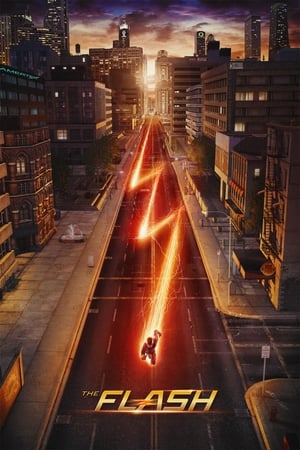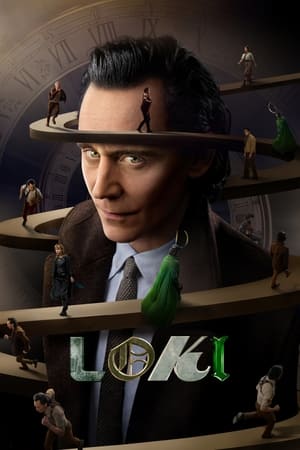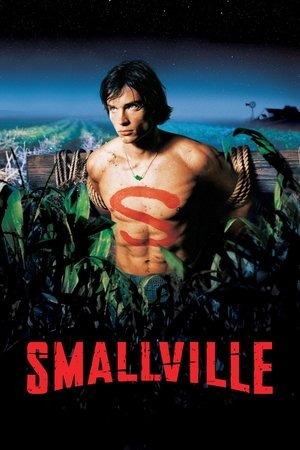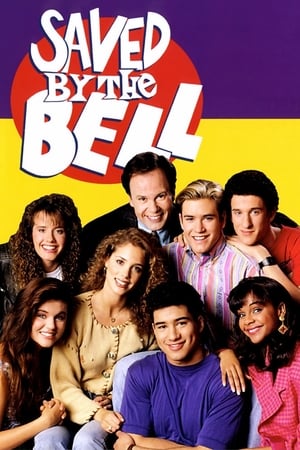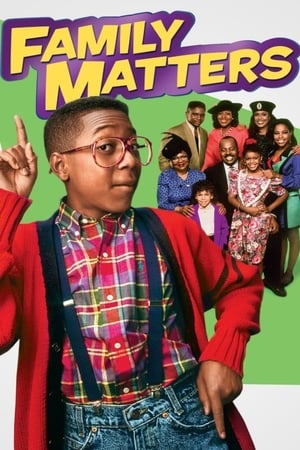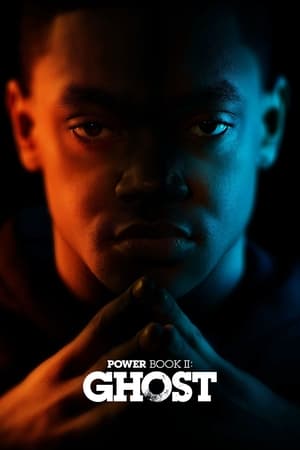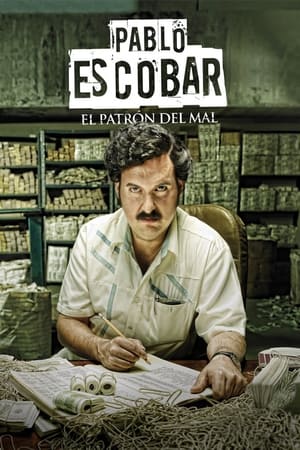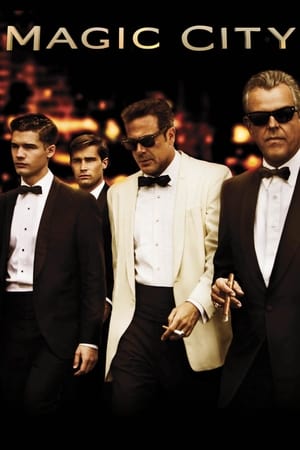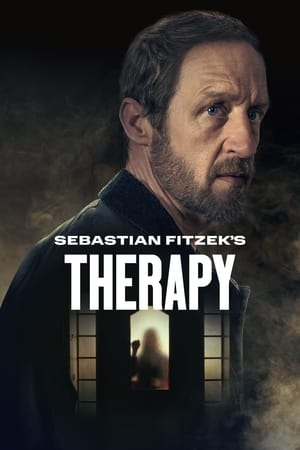1994-07-12
Forty years ago, American anthropologist Doctor Ralph Selecki explored the caves at Shanidar where he unearthed an image of ancient man that profoundly changed the way we saw our ancestors. The professor discovered a skull - a Neanderthal skull. Strangely, it was covered with microscopic pollen from the flowers of thistle, groundsel, spiraea and hollyhock, among others. The same pollen dust covered the rest of the weathered skeleton, suggesting that his family and friends had deliberately gathered the flowers and laid them in bunches on the dead body. These mourners left behind the earliest known signs of man's awareness of death. Based on Doctor Selecki's findings, Neanderthals seemed to possess what we have come to call a mind.
1994-12-07
The human brain appeared on earth some five million years ago. It took just a few million more to fully mature, a mere blink on the geological time scale. Structurally, anatomically, the human brain has not changed much in about two hundred thousand years. It is the same brain used by the first Homo sapiens to walk the planet. But what has evolved is the mind. And it is this inner universe that has so mystified and beguiled us. The mind, together with the brain, forms the most complex system known to man. At the dawn of the 21st Century, we are slowly crossing the borders of this last frontier, so that we may understand better who we are why we create and invent, why our fears haunt us, our thoughts liberate us, where we prove our free will, our sense of self and express our inner voice. New mind-imaging techniques are giving researchers a tool for mapping the mind. Never before could we look this closely inside the living brain.
1994-12-07
Where do we store our memories? Does a particular nook or corner in our brains keep our treasured past safe so we can retrieve pieces of it when needed, the way we recover something from a basement room or a dusty attic? Well, not exactly. The brain simply does not have room to store everything we encounter in life. Instead memories get broken up into bits and pieces and, according to a peculiar housekeeping system, are dispersed among the rooms, closets and hallways of the brain. How we get the pieces to fit back together to produce memory is one of the brain's greatest mysteries.
1994-12-07
Recently it has become possible to undertake what had previously been thought impossible - charting the activities of the mind, such as memory and thought. Join Dr. David Suzuki as he investigates evidence that our minds - thoughts, feelings, spirituality and creativity - are merely complicated networks of biochemical reactions. Imagine the dramatic social implications this theory could have on the world today.. Perception: Although we all start with the same basic neuronal architecture, our life experiences physically change our mental make-up - and the way we perceive information from our senses. Explore each of the five senses - following the pathway from the sensory neurons, through the thalamus, to the cortex - and learn what happens when you get your sensory wires crossed.
1994-12-07
For all its evolutionary armor, the human brain is still a fragile organ. Our skull provides the first line of defense against physical injury. On the inside, sheets of membrane covering the brain keep out invading germs and toxins. But even these safety barriers cannot stave off all injury. They are no match against a head-on collision or the missile force of a bullet. In fact, traumatic brain injury is the number one killer of people under thirty-four. There is a saying used by doctors, "Touch the brain, never the same." When injury, stroke or disease touch the brain, lives change profoundly. But some of these lives tell stories of quiet victories, of miracles, both great and small. And these tales also open a window to the remarkable capacities of the brain, its power to repair and restore itself - a power we are just beginning to discover and understand.



